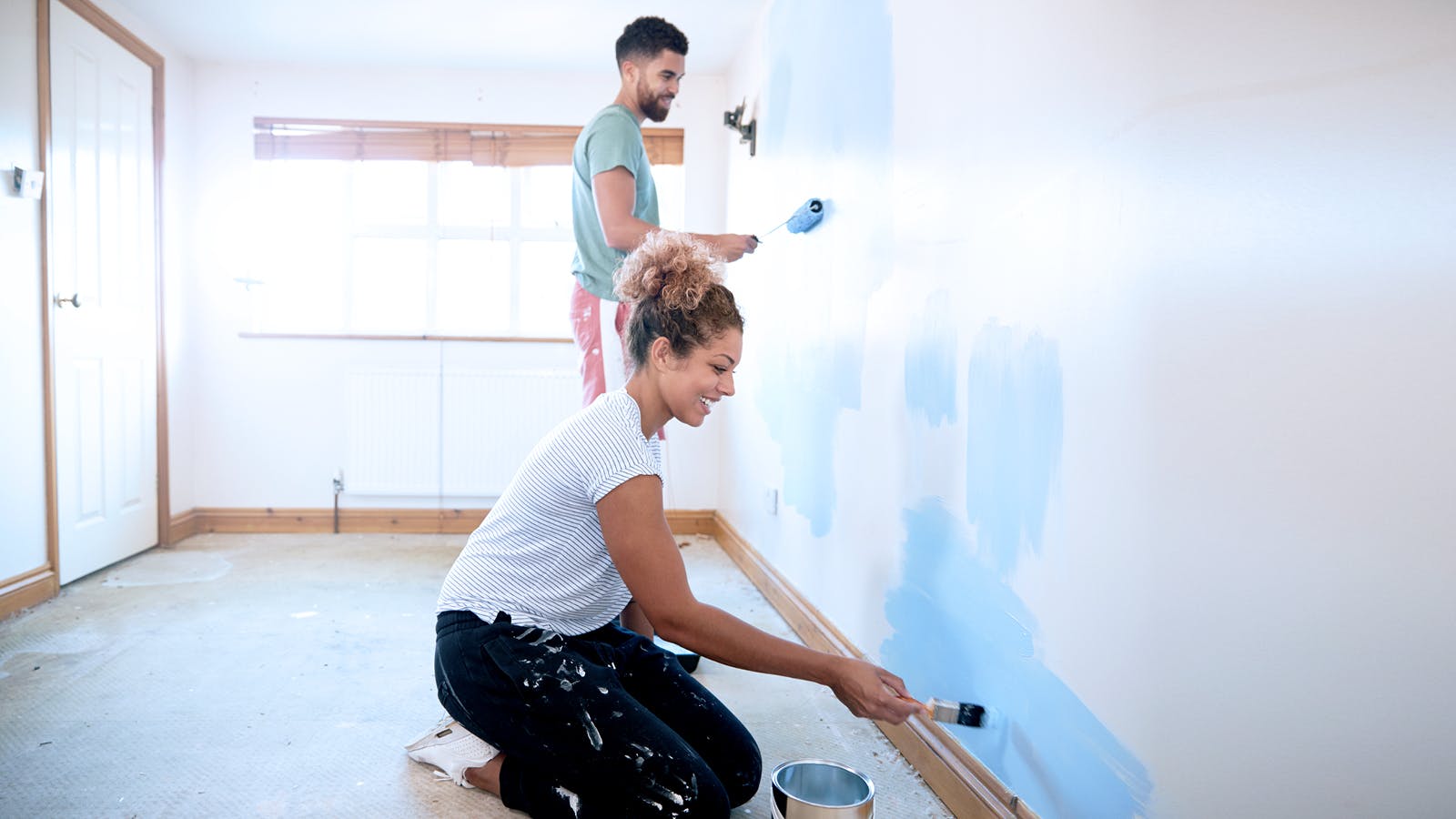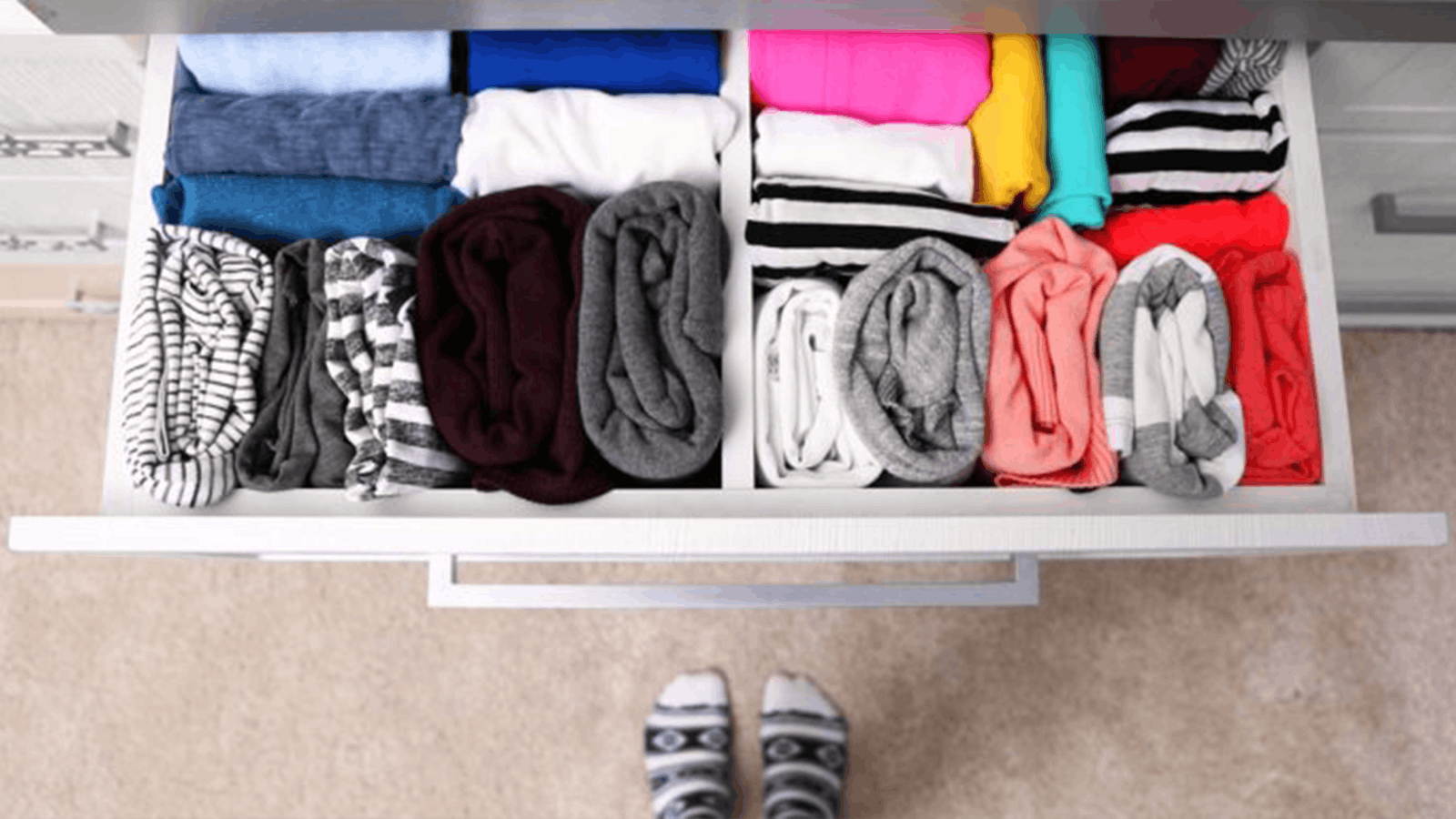From small home improvement tasks to large scale remodels, homeowners across the nation are looking to make the most of their homes. In fact, in 2019, the National Association of REALTORSⓇ (NAR) found that a staggering 74% of owners have a greater desire to be in their home upon renovation project completions. Even the most basic home improvements come at a price, though.
Here’s how to finance home improvement projects, regardless of size, scope or budget.
Home improvement personal loan
If you’re financing a relatively small home improvement project, a personal loan slated for those specific costs may best suit your needs. For example, this loan might work if you’re planning to replace an HVAC system or purchase new siding. As interest rates typically fall between 3 and 36%, you’ll likely want to find different financing for larger projects (Bankrate, 2021).
You can explore personal loan options at banks, credit unions and other financial institutions, as well as online. Interest rates, fees, repayment terms and allowable payout amount will depend largely on the lender and your personal financial situation, which includes your credit score. You’ll typically need a score of at least 640 to qualify, and interest rates often go down as credit goes up (Investopedia, 2021).
Home equity line of credit
If you’re planning longer-term home improvements, like renovating multiple rooms in your home or completing a project whose scope or cost is variable, you may want to explore a home equity line of credit or HELOC (Consumer Finance Protection Bureau (CFPB), 2017). These open lines of credit allow owners to repeatedly borrow against their home equity as opposed to providing one payout in a set dollar amount. In other words, with a HELCO, you can borrow what you need when you need it, up to a pre-determined limit.
HELOCs often have variable interest rates, which means your repayment amount may change from month to month. This coupled with the fact that the home is used as collateral means you’ll want to ensure that you thoroughly understand the terms and requirements of your specific HELOC program before committing, particularly if you’re already having trouble paying your bills. To qualify, you’ll need at least 15-20% home equity, a debt-to-income ratio of 43% or lower, a favorable credit score, sufficient income and a history or reliable repayment (Bankrate, 2021).
Home equity loan
If you’re more confident that you know just how much your planned improvements will cost, a home equity loan (HEL) could be right for you (CFPB, 2017). Like a HELOC, HEL funds are borrowed against your home equity. In the case of a HEL, however, funds are dispersed in one lump sum as opposed to as needed. If you’re planning a larger, one-time project, this loan type could pay off.
Interest rates are also typically fixed, meaning that monthly repayment amounts will not change over the life of the loan. Keep in mind, though, that your home will be up as collateral. In cases of default, you could potentially lose the property. These loans can also come with a wide range of upfront costs and fees, so you may want to shop around for the right option.
From HELOCs to HELs, the right financing will depend largely on your project and personal financial situation. So, don’t stop shopping once you’ve found the perfect kitchen cabinets or decking. Compare and contrast some of the most common options for funding home improvements and make sure everything adds up.
Published on August 23, 2021


